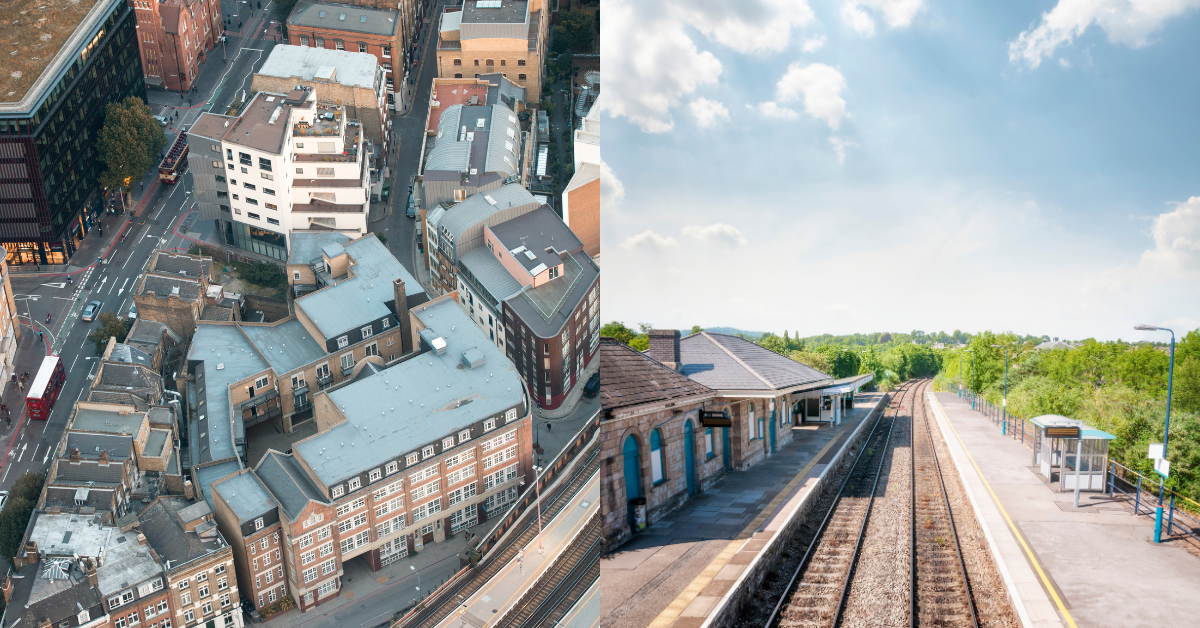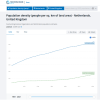TheManOnThe172
Member
- Joined
- 1 Aug 2014
- Messages
- 344
Many climate-change initiatives appear to assume that a good proportion of people with cars could be tempted to leave their car at home and take public transport if only the frequency was greater, or the cost lower.
Clearly, building major new hard infrastructure (heavy rail, metro, busways) can widen the range of journeys that are faster than by car. But we aren't going to be able to do this for more than a fraction of the population.
A substantial reduction in private car use from voluntary "modal shift" would mostly rely on making bus services more attractive.
It can clearly work for inner cities (and some inner suburbs) where four helpful things happen:
* High living densities can support frequent services on each route, and multiple routes from each stop.
* Travel distances are relatively short - so going round two sides of a triangle may only add a few minutes
* Traffic congestion often justifies bus lanes, and many roads are wide enough to have the space for them
* Parking at the destination may be difficult and/or expensive
Just as clearly, voluntary car->bus shift clearly won't work in many rural areas, where none of these four factors applies. Even if you could entice a lot of car users onto buses, people have a much more diverse set of destinations than they had in the 1960s when rural bus services last thrived. Sure, you might manage an decently-loaded hourly service for villages seeing four near-empty buses a day at present. But it would still be just the one route, and inevitably a circuitous one taking in every settlement along the way. Anything involving a change could mean journeys taking an hour or two longer than by car - each way.
But where is the cross-over point - where increasing distances to travel, and the decreasing residents per square km, mean that buses can't hope to be even vaguely competitive with the car (on time and convenience) for most local journeys?
My instinct is that the fundamentals of geography mean that each "sweet spot" for buses is actually quite small and that even with substantial subsidy, buses cannot be competitive on time and convenience for many journeys even in middle-radius suburbs.
If this were right, then we could waste a lot of money trying to achieve voluntary modal shift in areas where the geography just isn't compatible. Sure, some of the spending would improve life for those who do not have use of a car. But other spending might be very poor value if it failed to deliver the "modal shift" prize.
And even more importantly, chasing rainbows risks wasting a lot of time before we start to ask the hard questions of what to do instead.
Has anyone seen any published research on the subject?
Clearly, building major new hard infrastructure (heavy rail, metro, busways) can widen the range of journeys that are faster than by car. But we aren't going to be able to do this for more than a fraction of the population.
A substantial reduction in private car use from voluntary "modal shift" would mostly rely on making bus services more attractive.
It can clearly work for inner cities (and some inner suburbs) where four helpful things happen:
* High living densities can support frequent services on each route, and multiple routes from each stop.
* Travel distances are relatively short - so going round two sides of a triangle may only add a few minutes
* Traffic congestion often justifies bus lanes, and many roads are wide enough to have the space for them
* Parking at the destination may be difficult and/or expensive
Just as clearly, voluntary car->bus shift clearly won't work in many rural areas, where none of these four factors applies. Even if you could entice a lot of car users onto buses, people have a much more diverse set of destinations than they had in the 1960s when rural bus services last thrived. Sure, you might manage an decently-loaded hourly service for villages seeing four near-empty buses a day at present. But it would still be just the one route, and inevitably a circuitous one taking in every settlement along the way. Anything involving a change could mean journeys taking an hour or two longer than by car - each way.
But where is the cross-over point - where increasing distances to travel, and the decreasing residents per square km, mean that buses can't hope to be even vaguely competitive with the car (on time and convenience) for most local journeys?
My instinct is that the fundamentals of geography mean that each "sweet spot" for buses is actually quite small and that even with substantial subsidy, buses cannot be competitive on time and convenience for many journeys even in middle-radius suburbs.
If this were right, then we could waste a lot of money trying to achieve voluntary modal shift in areas where the geography just isn't compatible. Sure, some of the spending would improve life for those who do not have use of a car. But other spending might be very poor value if it failed to deliver the "modal shift" prize.
And even more importantly, chasing rainbows risks wasting a lot of time before we start to ask the hard questions of what to do instead.
Has anyone seen any published research on the subject?


